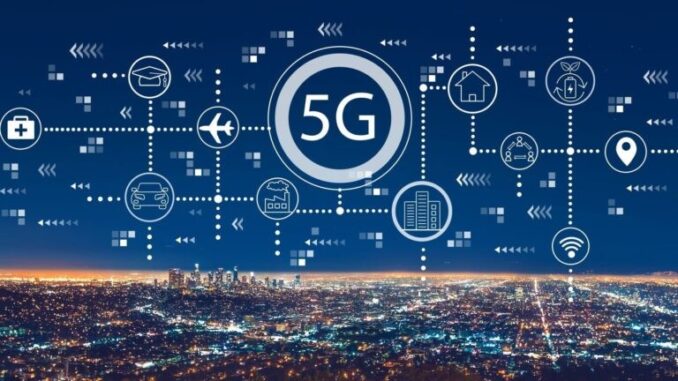
Summarize the following text: 5G technology has the potential to significantly transform remote work by enhancing connectivity, collaboration, and productivity. Here are some of the ways 5G can impact remote work:
Benefits of 5G Technology for Remote Work – 1. High-Speed Internet Access: 5G offers much faster data speeds compared to its predecessor, allowing remote workers to upload and download large files quickly, stream high-definition video, and participate in video conferences without buffering or interruptions.







2. Reduced Latency:
– With latency as low as 1 ms, 5G enables near-instantaneous communication. This is particularly beneficial for real-time collaboration tools and applications, improving the overall user experience during meetings and team interactions.
3. Enhanced Video Conferencing:
– Remote meetings can become more seamless and high-quality, supporting 4K or even 8K video resolutions. This reduces the likelihood of lag and pixelation during virtual meetings, making interactions feel more natural.
4. Improved Collaboration Tools:
– Many collaboration tools such as virtual reality (VR) and augmented reality (AR) applications can leverage 5G’s bandwidth and low latency, facilitating immersive teamwork and creative brainstorming sessions.
5. Support for IoT Devices:
– 5G technology can connect a myriad of IoT devices, allowing for faster access to smart office tools and systems that can streamline workflows, such as smart lighting, climate control, and security systems.
6. Mobility and Flexibility:
– With enhanced connectivity, remote workers can maintain productivity while on the move. This flexibility allows employees to work effectively from various locations, whether they are at home, in a coffee shop, or while traveling.
7. Better Support for File Sharing:
– High-speed connections allow for quicker file sharing and access to cloud services, reducing waiting times and improving workflows when accessing shared documents or databases.
Challenges and Considerations
1. Infrastructure and Coverage:
– While 5G is expanding rapidly, it is not yet universally available. Some remote workers, especially in rural areas, may still rely on slower connections until broader coverage is achieved.
2. Cost:
– Upgrading to 5G-compatible devices and plans may involve additional costs for both businesses and employees, which must be considered in remote work budgets.
3. Data Security:
– With increased connectivity comes the need for robust cybersecurity measures. Organizations must ensure that their remote workers are protected from cyber threats, especially when accessing sensitive company information over potentially less secure networks.
4. Device Compatibility:
– Not all devices may be 5G-ready, which may require investments in new hardware for some employees to take advantage of the technology fully.
Conclusion
Overall, 5G technology holds significant promise for enhancing remote work experiences. Its capabilities can lead to more productive, efficient, and flexible working environments. As 5G networks develop and expand, businesses and employees are likely to benefit from improved connectivity and collaboration, making remote work more effective than ever. As organizations implement these technologies, they must also ensure they are addressing the accompanying challenges effectively to maximize the benefits of remote work.


Leave a Reply